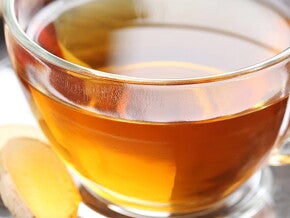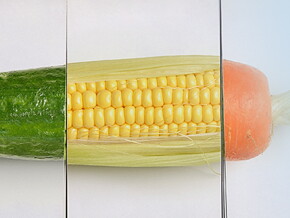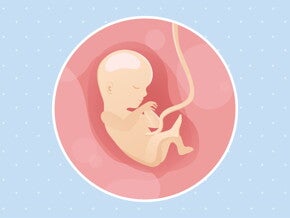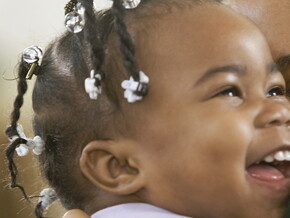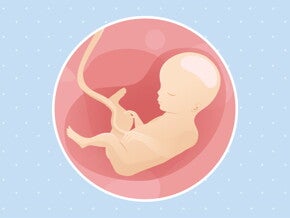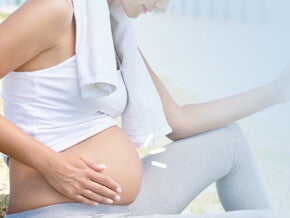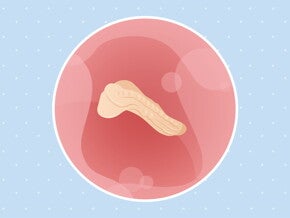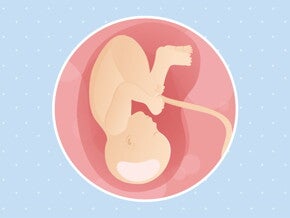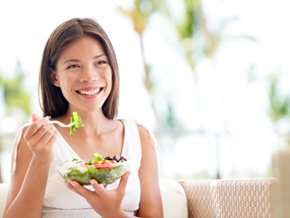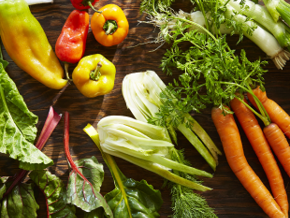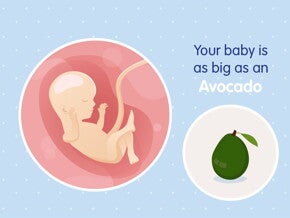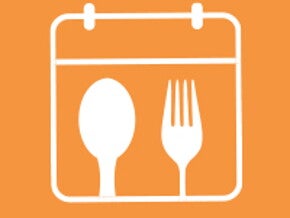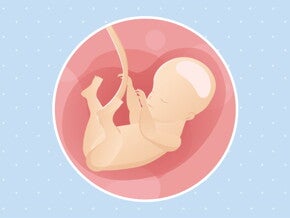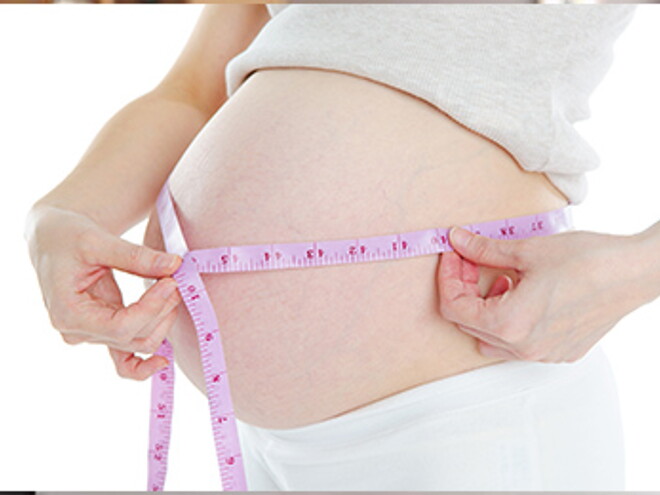
Managing Stretch Marks and Body Changes During Pregnancy
Stop the stretch marks!
Being pregnant is a wonderful adventure that allows your body to blossom. You may be worried that your skin will stay ‘loose’ after the birth, which is understandable if you are a bit overweight or expecting twins. The good news is there are ways to care for your body by taking precautions during pregnancy and after the birth. Your stomach and breasts are the areas that are affected most. Stretch marks are, unfortunately, one of the biggest injustices suffered by pregnant women. Some women make a conscious effort to cover themselves in lotions over the whole nine months and they still appear anyway. Others don’t have a single stretch mark even though “they didn’t do anything”. However, lotions for preventing stretch marks could help to keep your skin supple and help reduce stretch marks from the time they start to appear. Therefore, look after your breasts and stomach by massaging them every day, twice a day, morning and night. Have a cold shower at the end of your shower, it may not be that pleasant for some but you’ll notice your skin will stay toned. Use a good quality bra that keeps your breasts in place, with wide straps for ample support.
Grandmothers have lots of advice, such as to massage your skin regularly using almond oil or rosehip oil. As for essential oils, be careful as it is not advisable and sometimes dangerous to use them during pregnancy or while breast feeding. They may also cause allergic reactions for some.
Diet and exercise
Looking after your skin also includes eating healthily and being in good physical shape. Do you participate in sports regularly? Gentle exercise adapted to your physical condition based on abdominal breathing and on working the pectoral muscles will be helpful for toning muscles. Swimming is a good example of one such exercise.
After the birth, you should start losing accumulated fatty tissue. You can enjoy being creative in the kitchen: try out different ways to achieve a nutritious diet. Eat a healthy and balanced diet, with two servings of fruit and vegetables each daily, as well as good quality proteins and enough complex carbohydrates. Food high in simple sugar and fat should be kept to a minimum.
Food for beauty
There’s a saying that goes “You are what you eat”, some food have been known to be particularly beneficial for skin, and here are a few dietary tips for good skin:
1) Omega 3 fatty acids, present in fish and canola (rapeseed) oil, and in salmon and other oily fish, improve the quality of your skin. For example, a tablespoon of canola oil contains as much Omega 3 fatty acid as 70g of salmon or 150g of tuna. You can mix canola oil with olive oil and add it to your salads at lunchtime and at night or eat a portion of oily fish (120-150g two or three times a week).
2) It is also important to get enough Vitamin A, which can be found in butter and eggs as well as beta-carotene which can be found in vegetables such as pumpkin and carrots. On the other hand, Vitamin A supplements can be dangerous as excess intake of Vitamin A will accumulate in the body and can be harmful for you and your baby. Always check with your doctor prior to consumption of any health supplements during pregnancy and lactation.
3) Drink enough water (1.5 to 2 liters of water per day) to keep yourself hydrated.
Getting back in shape
Most women start with light exercises such as brisk walking, leisure swimming, cycling and stretching immediately after the baby’s birth. However, if you had a caesarean section or had a complicated pregnancy, then you should consult your doctor before beginning any form of exercise. In general, you may need to wait for 6-8 weeks before starting regular exercise again.
If you have not been exercising regularly before and during pregnancy, you should gradually increase your physical activities in order to lose weight and not immediately embark on strenuous activities that may lead to more harm than good.

